How Soil Types and Garden Soil Mixtures Impact Your Plants
Team PlantTAGG2023-06-16T07:24:46-06:00Soil condition impacts your gardening success tremendously. Soil is the primary source of nutrients and water, which are crucial for healthy plant development. The wrong soil can prevent your plants from getting the moisture and nutrients they need to grow and flourish. This blog post reviews everything you need to know about garden soil types and soil mixtures to improve your chance of success in your garden.
Soil Types
There are four basic types of garden soil – sand, silt, clay and loam. Each of these soil types has characteristics that impact drainage and nutrient level.
Sand Soil
Sandy soil has large particles and minimal nutrients. As a result, water drainage is very high, which means the plants get less time to absorb nutrients before the water drains. Sandy soils are easy to work with, are very light, and they warm quickly. Sand feels drier and grittier to touch than other soil types. You can add organic matter such as compost to sand to boost nutrients and increase water retention.
Silt Soil
Silt soil particles are small-to-medium-sized. If left uncovered, silt soils could wash away by rainwater or wind easily. Silts are fertile and retain water easily since the drainage and aeration are less than that of sand. Additionally, silt feels much smoother than sandy soil. Vegetables and fruits tend to do well in silty soil as long as you address any drainage issues first.
Clay Soil
Clay soils have microscopic particles, which means they generally have poor drainage. The soils are fertile, and they hold nutrients very well. Clay warms up slowly and becomes hard once dry, making it hard to work with in some gardens. On the other hand, if properly managed, clay soil can be beneficial for gardening success.
Loam Soil
Loam soil is a combination of clay, silt and sand. They are fertile and have good drainage. Loam is a perfect garden choice, as it has ideal soil particle balance, and it’s easy to maintain when mixed with the proper organic matter.
How Does Drainage Affect Plant Growth?
Poor soil drainage can create standing water and essentially drown your plants. When the soil retains excess water, it pushes out oxygen from the soil. Insufficient oxygen damages the roots and kills beneficial microorganisms.
On the other hand, soils with good drainage are warmer, contain beneficial organisms, and are well aerated. Mulch can help with soil drainage. Good soil drainage is ideal for plant growth.
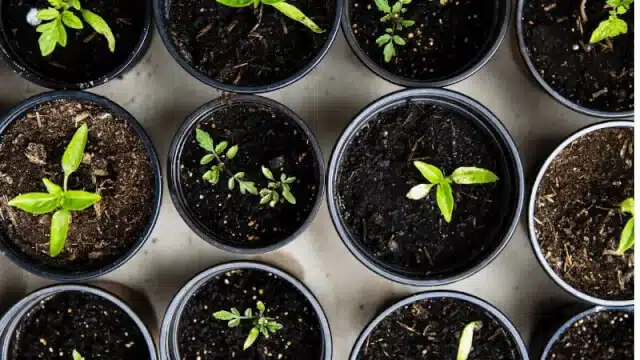
Photo by Markus Spiske on Unsplash
How to Test Soil Type
There are various ways you can test your soil to determine its type. One practical method is the jar test, which includes:
- Collect soil samples from different parts of your garden and mix them in a container.
- Scoop a cup of the soil and use a sieve to remove any debris, organic matter, and rocks
- Put the soil in a clear jar
- Add water in the jar until it is 2/3 full, then add a pinch of salt and shake the mixture vigorously
- Leave the solution to settle in different layers (note: sand will settle at the bottom within a few minutes, silt will settle after a few hours, and clay will take even longer)
- Measure each layer using a ruler
- Measure the total length of the mixture
If the total length of the soil is 1-inch deep and the sand is ½-inch deep, then your soil constitutes 50% sand. If the silt layer is ¼-inch deep, your soil has 25% silt. And clay consists of the other 25%.
How to Test Soil pH
Soil pH refers to how acidic (lower pH) or alkaline (higher pH) soil is (a pH of 7 is neutral). Each plant has a pH requirement, and generally a 6.5 pH is where you want to be. Plants will access nutrients only when the soil pH is within a particular range, which makes testing the pH of the soil a crucial step before planting. Kits are available to test soil pH, and you can amend the soil with lime to raise pH and sulfur or aluminum sulfate to lower pH. We talk more about the importance of pH and fertilizers here. The Chicago Tribune recently ran a BestReviews review of several soil test kits if you’re looking for recommendations on which one is best for you.
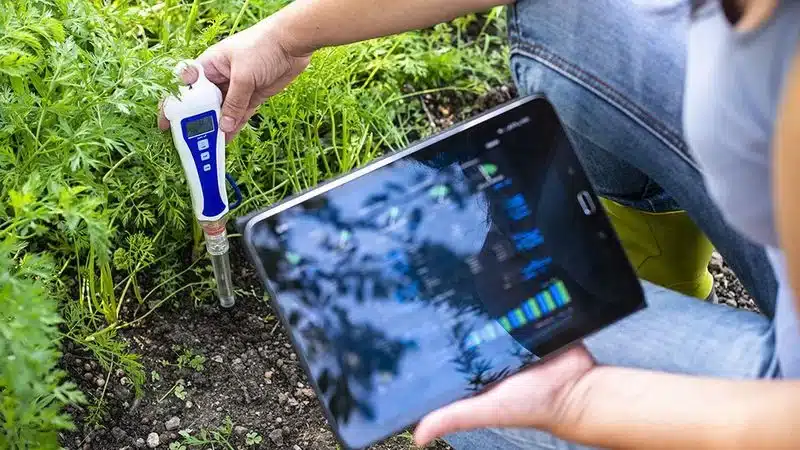
BestReviews, April 2020 – Rainwater tends to be more acidic than the water that comes from your hose. Because of this, it’s not a bad idea to test the pH of your water to help determine if this could be affecting your soil’s alkalinity.
PH Strip Test
- Dig below the surface of your garden and take a soil sample
- Place three teaspoons of the soil in a clean glass
- Add distilled water to the same level as the soil
- Stir the mixture
- Pass the mixture through a sieve into a clean glass
- Dip a pH test strip in the mixture
The strip will change color according to the pH levels listed on the chart on the test package. Take several samples from different parts of the garden and repeat the process to get the most accurate view of your soil’s pH.
Other Factors That Impact Soil Conditions
Local Climate
Climatic characteristics, such as temperature and precipitation, influence soil formation. Soils in the regions that receive high rainfalls tend to be more acidic than ones in dry areas.
Relief of the Area
Hilly areas may experience soil erosion, and the soils are thin with minimal nutrients. Soils in flat areas tend to be deep and have high levels of nutrients as soils from hilly areas are deposited here.
Determining the type of soil in your garden is very helpful. It guides you on the types of plants you should grow and what you might add to the soil to make it suitable for plant growth. For more plant care and gardening tips, browse around the blog or feel free to contact us.
When you’re ready to get started on setting up a new garden, we would love to help! With PlantTAGG, setting up your yard and garden is fast and simple – and we take the worry out of home plant care. As always, it’s free to use – text ‘PLANTS’ to 46376 to get started today!


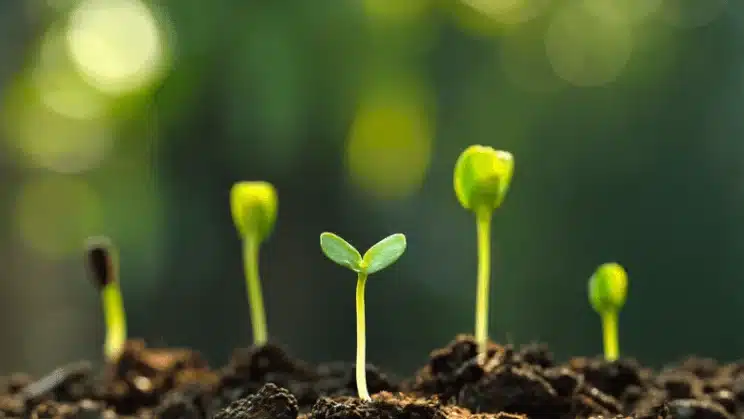
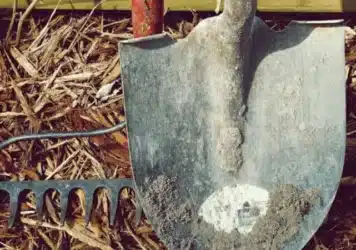
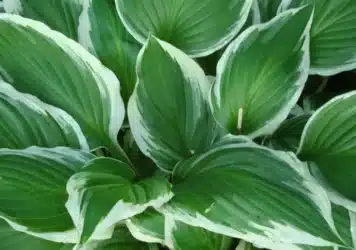

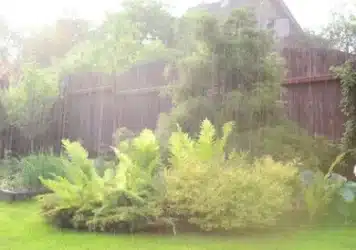
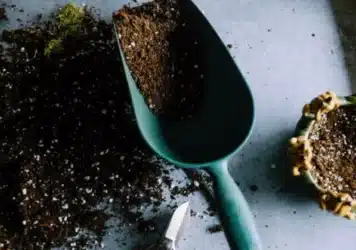
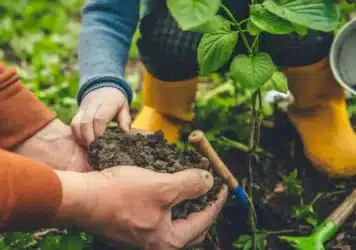

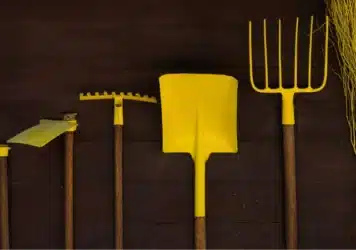
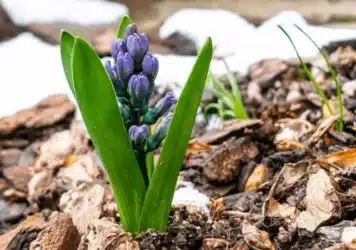

Comment (1)
[…] need a hearty meal. Tossing in some compost can boost its nutrient mojo and water-holding capacity (PlantTAGG). Loamy soil, on the other hand, is this magical combo of easy drainage and fertility, hitting the […]